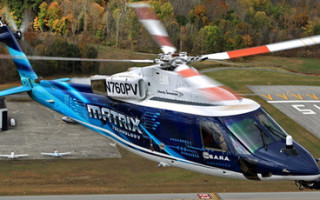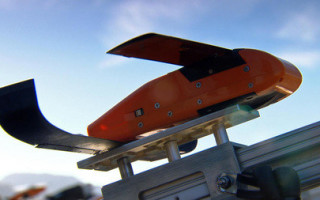Raytheon and U.S. Navy run Tomahawk missiles through real-time tests - News
January 13, 2017Textron starts on-water testing of unmanned maritime vehicle - News
January 12, 2017DARPA awards Sikorsky with Phase 3 of ALIAS program - News
January 12, 2017Cyber
Rohde & Schwarz cyber unit acquires security firm DenyAll - News
January 11, 2017Harris Corp. tapped for $91 million in EW systems on RMAF fleet - News
January 11, 2017DoD signs underwater drone contract with Teledyne SeaBotix - News
January 10, 2017DoD demonstrates large autonomous microdrone swarm - News
January 10, 2017Naval Surface Warfare Center awards ManTech $87 million task order for combat weapons systems support - News
January 09, 2017U.S. missile manufacturers experience surge in demand - News
January 09, 2017L3 Wescam garners $90 million in EO/IR defense contracts - News
January 06, 2017UAS claims world record for nonstop unrefueled flight - News
January 06, 2017Air Force gives Diligent, KIHOMAC green light for A-10 embedded avionics system - News
January 05, 2017NASA small satellites launch using hi-rel Cobham microprocessors - News
January 05, 2017Global electronic warfare market expected to grow steadily between 2016-2026 - News
January 04, 2017From The Editor
Designing next-generation engineers - Other
December 22, 2016Enhanced emphasis on science, technology, engineering, and math (STEM) education in U.S. public schools continues to grow, with federal investment in STEM education totaling more than $3 billion annually for primary and secondary schools, according to the National Science and Technology Council. But even with schools' boosted interest in engineering and math, students often find themselves at a loss as they think about college and careers. Interaction with real-world engineers in actual work situations -- especially in the students' local areas -- may help as they make crucial decisions about their college years and beyond.

























